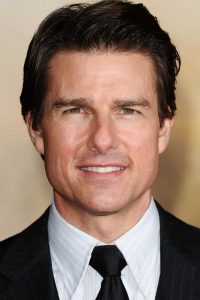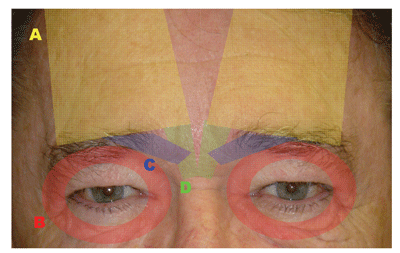Browlifting may be indicated in case of significant lowering of the eyebrows below the level of the bony orbital rim above the eyes. A natural low brow position does not per se require surgery. Models like Tom Cruise have low brow positions that are natural to them and do not bother them.

I am not the only oculoplastic or cosmetic surgeon who generally feels that too many brow lifts have been and are being performed. Have the clients undergoing them or their surgeons had a look at old photographs of their clients to assess the change in eyebrow height?
Gravity may play a role in the descent of the eyebrow over the years. Other factors are the use of nicotin, the exposure to sunlight, loss of fat beneath the brows and familial factors that relate to aging of skin. The use of botulinum toxin in the forehead can also diminish the action of the forehead lifting muscle, the frontal muscle, causing a brow droop.
A brow droop can be focal, e.g. on the lateral side, but also general, across the whole width of the brow.
What strategy to follow? I feel that mild degrees of brow droop may be treated with browpexy, which is the fixation of the brow through an upper eyelid crease approach, or even left untreated. A non-surgical alternative, the injection of botulinumtoxin in the brow-depressing orbicularis muscle at a level just above the brows may work as well, but is temporary and needs repeat injections.

In severe brow droop one should consider an endoscopic brow lift, which however is cumbersome and expensive, often requires general anesthesia, and has a high recurrence rate in most centers. When brows are heavy and in elderly with visible wrinkles a direct brow lift probably is the most effective technique for correction of droopy brows. The visibility of scars differs between clients who have different skin types and habits like smoking etc. The scars should be placed very closely to the upper side of the brows, within a couple of mm at most. In addition, especially when the brow needs correction across the whole width it is important to use a modified technique that avoids focal excess medially.
